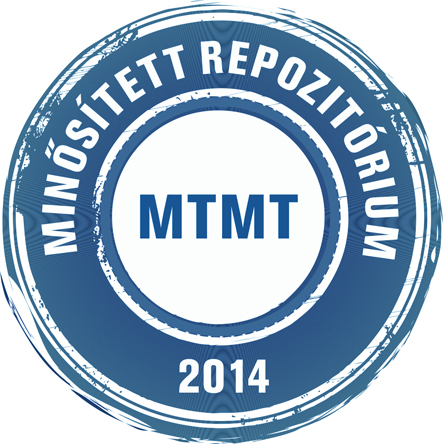Sipos Péter: Some effects of lead contamination on liver and gallbladder bile. In: Acta biologica Szegediensis, (47) 1-4. pp. 139-142. (2003)
Előnézet |
Cikk, tanulmány, mű
47139.pdf Letöltés (840kB) | Előnézet |
Absztrakt (kivonat)
Lead can cause liver damage in which free radical reactions are involved. In order to study the effect of lead on liver and gallbladder, we examined human gallbladder bile after cholecystectomy, as well as the liver and bile of broiler chickens fed with basal diet and contaminated with 400 and 600 mg/kg lead (Pb(CH3COO)2. Concentrations of lead in human bile were determined with inductively coupled plasma optical emissison spectrometer (ICP-OES). Diene-conjugate content as well as thiobarbituric acid reactive compounds in bile were determined by spectrophotometry. In the case of lead poisoning good correlation was observed between the lipid peroxidation parameters of bile and the picture of necrotised tissue observed in a histological study.High lead contamination caused mainly liver damage while cholecystitis was induced by the low concentration of lead, probably, by changing the normal biliary processes.
| Mű típusa: | Cikk, tanulmány, mű |
|---|---|
| Rovatcím: | Symposium |
| Befoglaló folyóirat/kiadvány címe: | Acta biologica Szegediensis |
| Dátum: | 2003 |
| Kötet: | 47 |
| Szám: | 1-4 |
| ISSN: | 1588-385X |
| Oldalak: | pp. 139-142 |
| Nyelv: | angol |
| Konferencia neve: | Free Radical Research, 2002, Szeged |
| Befoglaló mű URL: | http://acta.bibl.u-szeged.hu/39246/ |
| Kulcsszavak: | Természettudomány, Biológia |
| Megjegyzések: | Bibliogr.: p. 141-142.; Abstract |
| Feltöltés dátuma: | 2016. okt. 17. 09:25 |
| Utolsó módosítás: | 2021. ápr. 13. 11:55 |
| URI: | http://acta.bibl.u-szeged.hu/id/eprint/22622 |
 |
Tétel nézet |



